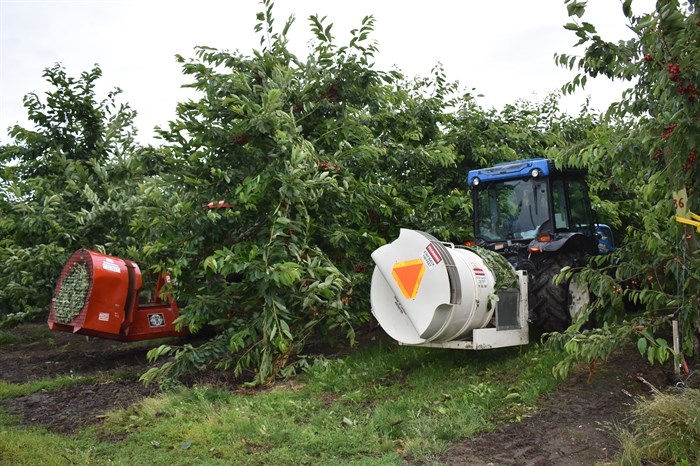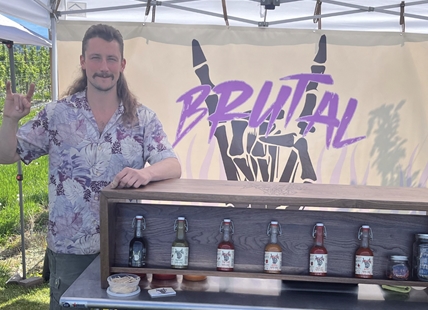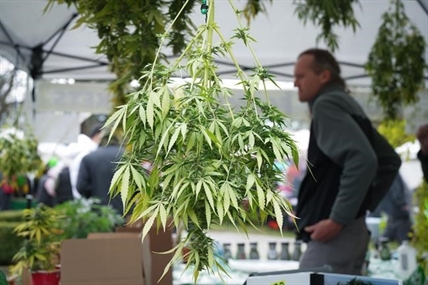Fruit growers filing hundreds of insurance claims as apricot, cherry crops hammered by weather

KELOWNA - The last two fruit growing seasons were particularly hard on apple growers, forcing many to access a form of government insurance.
But this year – long before the first summer apples come off the trees in mid-August – there have already been around 800 insurance claims under a crop failure program.
“It’s been a pretty horrible year for rain,” Glen Lucas, executive director of the B.C. Fruit Growers’ Association told iNFOnews.ca.
But it was bad winter and spring weather that triggered the first apricot insurance claims.
“We would say virtually it’s a crop failure,” Lucas said. “It doesn’t mean there are zero apricots but there’s little commercial production this year. But it’s a fairly small crop to start with.”
Ministry of Agriculture figures show there have been 48 insurance claims filed by apricot growers this year. That compares to only 33 in total for the three years prior, from 2016 to 2018.
The crop was damaged by a very cold February and frost at the end of April, wiping out 50 to 70 per cent of the crop, ministry officials said in an email.
Most of the other claims are for cherry crops that have been damaged by rain, causing the fruit to split.
Growers have to file claims and have their orchards examined before trying to harvest their fruit, which means within a few days of the damage being done. Since there are more late season varieties being grown these days, more cherry claims may still be coming.
Some orchards will have so much damage that there’s no point in trying to pick the fruit. Others can still get a crop off and leave it to the cherry sorting plants to pick through what can be salvaged.
Peaches are the next crop to ripen. While it’s too early to tell how that crop is going to be, Lucas said it’s looking to be smaller than usual.
The insurance claims are being made under the Production Insurance program, often referred to as crop insurance, that growers and government pay into. Because premiums are adjusted over a number of years, the fees charged are fairly stable and may not be impacted by the high number of claims this year, Lucas said.
Apple farmers haven't done for the past two years either.
Over the last two seasons, apple growers took advantage of an “agristability” income protection program that helps offset the damage caused by things like poorer crops, smaller sized fruit or low prices.
That program was accessed in 2018 when prices were so low because of Washington State apples flooding the market that growers received enhanced payments. In 2017, it was so hot that the apples were smaller in size so fetched lower prices. Despite lobbying by his association, Lucas said there government has not enhanced payments for last year.
It’s too early to tell how the apple crop will be this year but some orchards may have suffered hail damage.
While apples cover more acreage than cherries — 8,000 for apples versus 5,000 for cherries — the value of the cherry crop surpassed the apple crop in 2016, Lucas said.
To contact a reporter for this story, email Rob Munro or call 250-808-0143 or email the editor. You can also submit photos, videos or news tips to the newsroom and be entered to win a monthly prize draw.
We welcome your comments and opinions on our stories but play nice. We won't censor or delete comments unless they contain off-topic statements or links, unnecessary vulgarity, false facts, spam or obviously fake profiles. If you have any concerns about what you see in comments, email the editor in the link above.








